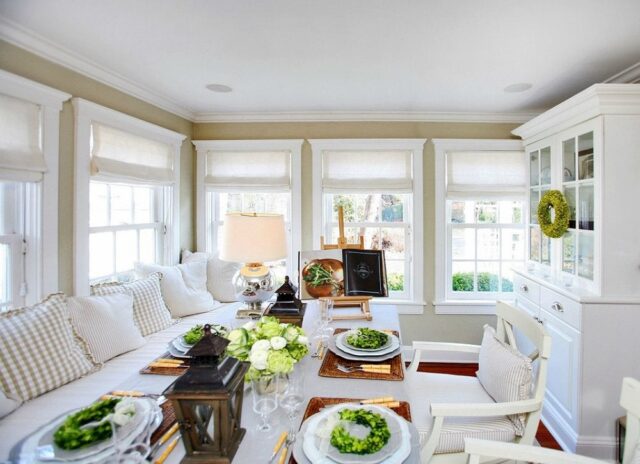
Do you ever require spare plastic parts or the replacement of a broken or worn component Such as a plastic cap or a doorbell switch? Do you ever want to duplicate a favorite model, for example, model car parts? Or do you want to convert a foam/clay design to a plastic component?
All of these can be accomplished by learning how to mold plastic at home and resin casting. This entails creating a mold of the desired item and then pouring plastic resin into it. Click here for more information.
While it’s easy to write about, it takes a little longer in real life. Also, there are several steps to the process. Get some new ideas for decorating your home with these relatively basic DIY molding and trim projects listed below.
1. Mirror Building
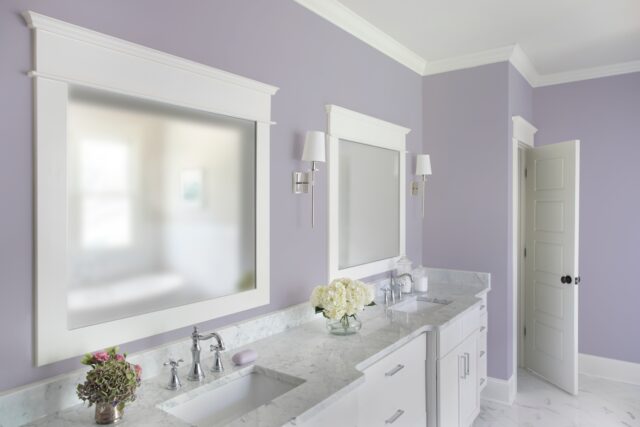
Mirrors and reflected surfaces are frequently used by designers and decorators to lend depth to narrow and compact spaces. A properly positioned mirror in a corridor or on the far wall of a snug office may visually widen the space, but the mirror’s design and size are just as important as where it goes. A huge molding-framed mirror, on the other hand, can cost hundreds or even thousands of dollars. But it doesn’t have to.
2. Wall Frames
Let us share a little secret with you: Deft layering, sections of plain molding joined to resemble intricate features, makes up a lot of the elegant woodwork you find inside historic houses. Consider the wall frame, a small rectangle invented by the British in the 1750s to provide the appearance of wood paneling after plaster walls became popular. You don’t need to employ a pro—or be one yourself—to acquire this bit of custom carpentry if you have a plain room.
After you put up your decorative moldings hang a nice canvas piece on the wall.
3. Wainscoting
Nothing matches a traditional wainscot of beautifully nuanced wood panels for a room makeover that adds dimension and long-term value to plain walls. To the average DIYer, the way they’re put together may appear incomprehensible, but after you peel back the flakes of this architectural peel, you’ll discover that each step is doable, albeit a little tricky at times. Layering stock lumber and moldings to create the architectural element will give you the look.
See how to install wainscoting for complete step-by-step directions, a shopping list, and a tool list.
4. Modern Crown Molding
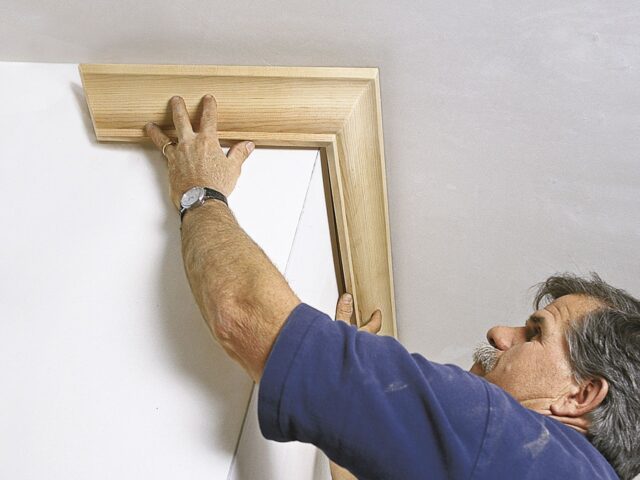
Designers incorporated features of Greek and Roman architecture to decorative cement and wood cornices used to obscure and embellish the intersection of ceiling and wall in the late Renaissance, resulting in modern crown molding. Simple stock molding, such as the single-piece crown, or intricate pieces made up of separate lengths of varied profiles can be employed.
A crown will only be slightly more difficult to install than a baseboard. You should be able to build tight, long-lasting joints with our assistance.
5. Baseboards
Baseboards are among the house’s defining characteristics, despite their humble position along the floor. When they are tall, a room appears regal; when they are short, the same area appears dowdy. To fill gaps along the floor, baseboards were frequently made out of three pieces: a decorative cap molding, a flat plank, and a rounded shoe molding.
Fancy baseboards lost way to cheap ones in houses built after WWII, and the crucial floor-to-wall transition became the territory of thin, featureless one-piece trim. Modern moldings can be easily replaced with higher, thicker two- or three-part baseboards.
See how to install baseboards for complete step-by-step directions.
6. Grid Molding
This focus wall treatment is ideal for a huge blank wall on the stairwell, behind a bed, or behind a sofa. Don’t be concerned about including artwork. Allow the molding to do all of the work.
7. Panel Molding
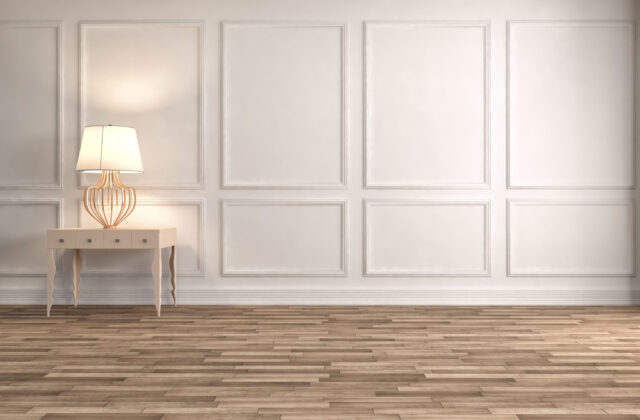
Panel molding is a great method to update the appearance of your walls without needing to make too many changes. Panel molding in a grid box is a simple and elegant method to update your walls.
8. Molding Transition
If not done correctly, molding panels can look a little sloppy towards the finish. Making a sturdy base for the panel’s end and aligning the horizontal and vertical moldings is a great method to give the ends a more structured appearance.
9. Molded Fireplaces
If the molding on a fireplace is done correctly, it can appear stunning. To give your fireplace a little more height and improve its appearance. Add a panel above it to make it appear as if it’s one giant unit. You avoid looking out of place, make sure to paint this the same color as the fireplace.
10. Door Knobs
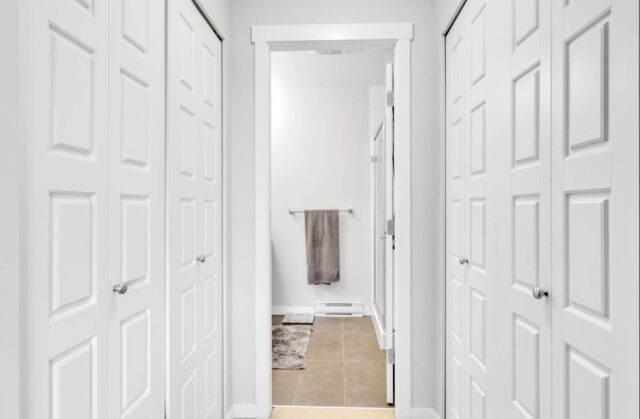
By following a few basic and straightforward methods, you could perhaps give your closet doors a trendy style that follows the pastel trends. Using molded PoP to create a circle design all around handles and then painting out over gives your door a more complicated look than a simple one.
11. Curvy Cabinet Basis
If you have a simple square cupboard or cabinets at home, try adding curving panels to give it a more interesting and well-thought-out look. It’s also a good idea to use curving legs to prop the cabinet up so that it’s on the curvy bottom panel.
12. Add Substantial Molding
Because of how quick and incredibly convenient it is to install and use, foam crown molding is a wonderful option for folks who aren’t accustomed to utilizing power equipment.
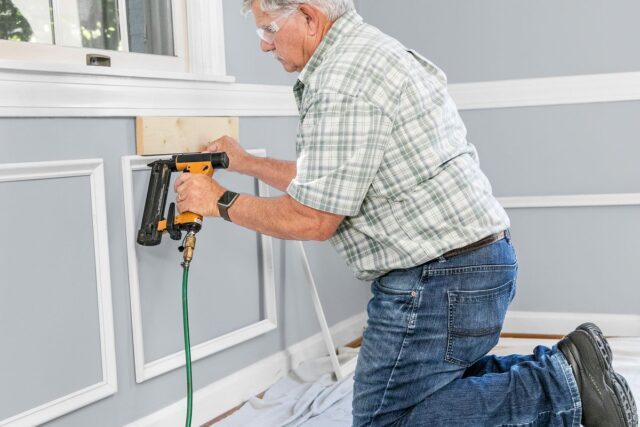
Wrapping Up
Molding is among the best overall home upgrades since it can transform any wall edge into something more stylish and cohesive, as well as help you cover up ends quickly. Molding is also effective when the shape isn’t a precise square or rectangle. Before hanging it on your door, experiment with new shapes and patterns to find what you like most.







